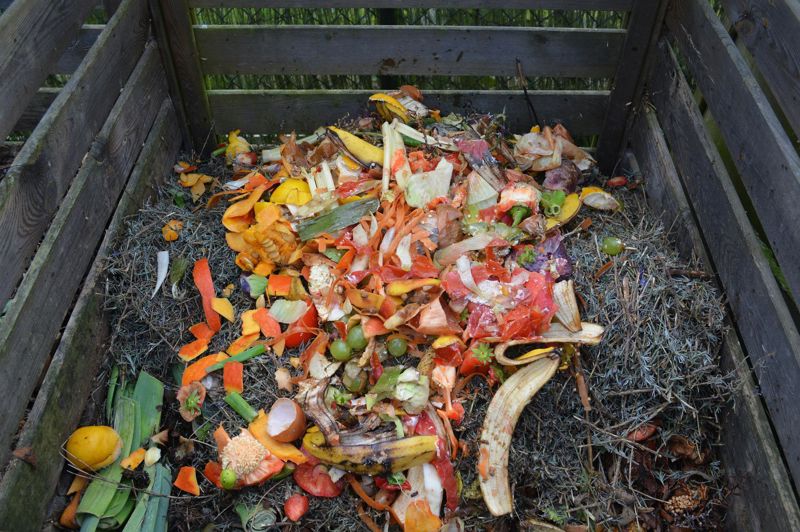Environment refers to the surrounding in which we live. It is made up of both physical elements e.g. the home we live in, compound, and social elements such as the family and community. Hygiene on the other hand, is defined as the practice of keeping oneself and one’s surroundings clean, in order to prevent illness or the spread of diseases.
Environmental hygiene therefore refers to the proper application of standards or principles that will ensure that the surrounding in which people live is free from harmful substances.

